Saturday 27 September
The Rainforest
Representing the Wet Tropics rainforest environments where native species such as the Southern Cassowary, Boyd’s Forest Dragon and colourful Eclectus parrots can be viewed in a natural setting. Boardwalks meander along the forest floor to the rainforest canopy.
Southern Cassowary
Despite being a bird, the Cassowary is Australia’s largest land animal. Reaching 200 cm and weighing up to 83 kg it's so big it's unable to fly. It has glossy black plumage, two dangling red wattles and a big bony lump on its head called a casque, and live in tropical rainforest and feed mostly on fallen fruit.
The Cassowary is an endangered species, with estimates of only 1500 remaining - its extinction could affect rainforest plant diversity as it helps spread the seeds of up to 100 tree and shrub species. Its relatives such as the Elephant Bird of Madagascar and the Moas of New Zealand became extinct after contact with humans.
Eastern Water Dragon
Eastern Water Dragon (Physignathus lesuerii) Australian water dragons have long powerful limbs & claws for swimming & climbing & have a prominent nuchal & vertebral crest.
Including their tails which comprise about two-thirds of their total length adult females grow to about 60 cm long, & adult males up to 1mt & show bolder coloration, with red chests and larger heads than females.
Water dragons eat a wide variety of insects, molluscs, small fish & native fruit & scavenge around picnic areas & urban park.
Eclectus Parrot - male
The male Eclectus Parrot is bright green except for red under the wings and a bright orange beak and a black tail.
Eclectus Parrot - female
The female Eclectus Parrot is so different it was once thought to be a different species. It is bright scarlet except for a dark blue belly and back and a black beak. Even tiny Eclectus Parrots look different. Male chicks are a grey ball of fluff, female chicks are a black ball of fluff.
They grow up in a hollow high in a rainforest tree where the female lays two eggs. And she almost never leaves them in case another female takes her nest hole. She does not starve because lots of different males come to feed her rainforest seeds and fruits at her nest.
The diet of the eclectus in the wild consists of mainly fruits, unripe nuts, flower and leaf buds, and some seeds In captivity, they will eat most fruits including mangos, figs, guavas, bananas, any melons, stone fruits (peaches etc), grapes, citrus fruits, pears and apples.
Plantlife
Some of the many plants at the Habitat.
The souvenir shop has a good range of items and I bought a Kingfisher ($8.95) for a friend. One of the (toy) parrots said 'hello'. Caught the bus at 11.30, and promptly fell asleep as soon as I reached the hostel. Watched the Grand Final in the Bar. The Hawks defeated the Cats by 26 points - 109 to 83. Yay! Although I follow the Bombers, Grandad followed Hawthorn and I was barracking for them.
Tropical Far North Queensland
This is about my holiday from Cairns to
Laura, on the lower Cape York Peninsula from
September 2008 to October 2008. Going from Melbourne to Cairns to Port Douglas, to Cooktown and Laura, Cape Tribulation and all the bits in between, and finally back to Cairns for my flight home.
Cheers.
Laura, on the lower Cape York Peninsula from
September 2008 to October 2008. Going from Melbourne to Cairns to Port Douglas, to Cooktown and Laura, Cape Tribulation and all the bits in between, and finally back to Cairns for my flight home.
Cheers.
Drive The Daintree
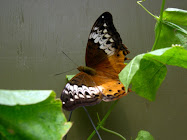
Subscribe to:
Post Comments (Atom)





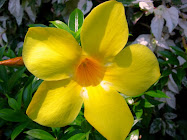

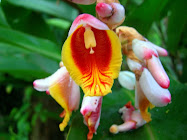



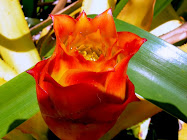
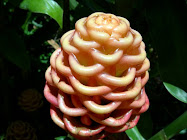
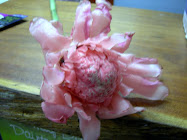

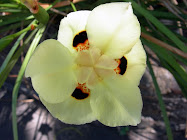
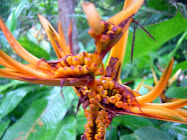
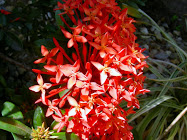
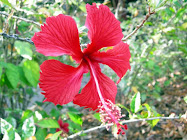
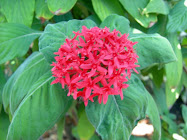
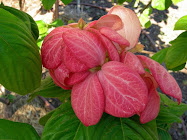
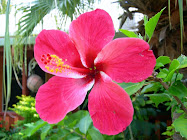
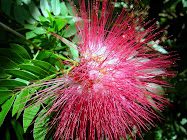
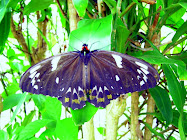
2 comments:
[... ] is another interesting source of tips on this subject[...]
http://healthinsurance.cheap-quotes.info/
Hello everyone
Do not miss your chance to get a free ipad. Visit http://bit.ly/d9QOON
Post a Comment